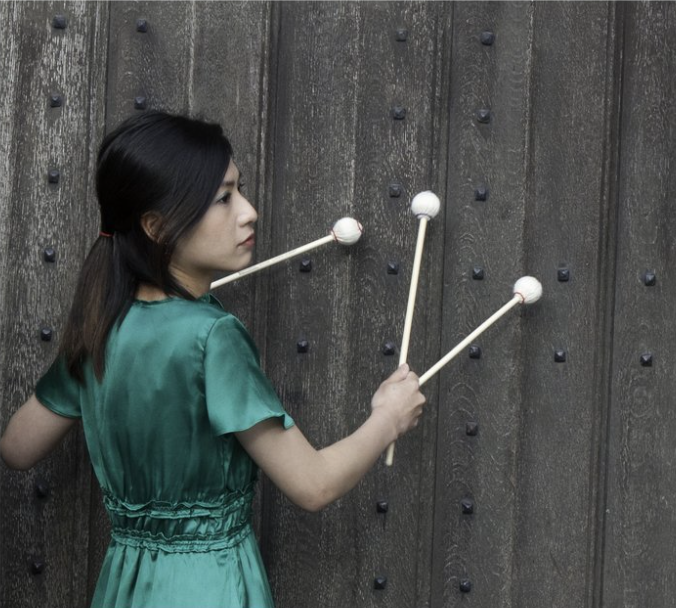The aim of this practice-based project is to search for new performance perspectives for the marimba by inquiring into the balafon of West Africa. Through a triangulation of research methodology—participant-observation (lessons with local musicians and interviews), literature (African ethnomusicology, phenomenology in music and music embodiment) and artistic practice (analyses and experiments in music)—I have gained insights into describing the artistic experience of stepping into the "unknown" balafon world. The written result is a discussion of how I have overcome the obstacles of learning, performing and listening to balafon music, and how these experiences have renewed and enriched my original artistic practice and ideas. Due to the music’s oral tradition, the balafon polyrhythm and melodic materials are embodied in forms of bimanual (two-hand) coordination patterns rather than symbolic representation. Music-making is largely informed by the performer's motoric sensory, and body movement is given a crucial role in music communication and sensory perception. The second purpose of this research is, therefore, to apply these balafon practices in the Western performance, including the test case of employing oral tradition in “Drumming” (Steve Reich, 1971), and the concert program "In the Heat of the Moment" that comprises five commissioned works written by contemporary composers.
Article links: http://www.musicandpractice.org/volume-2/challenges-potential-to-western-classical-marimba-performer/
http://www.esmuc.cat/esmuc_digital/layout/set/print/Esmuc-digital/Revistes/Numero-31-octubre-2014/Espai-de-recerca
Promoters: Prof. Kathleen Coessens and Prof. Henk de Smaele





